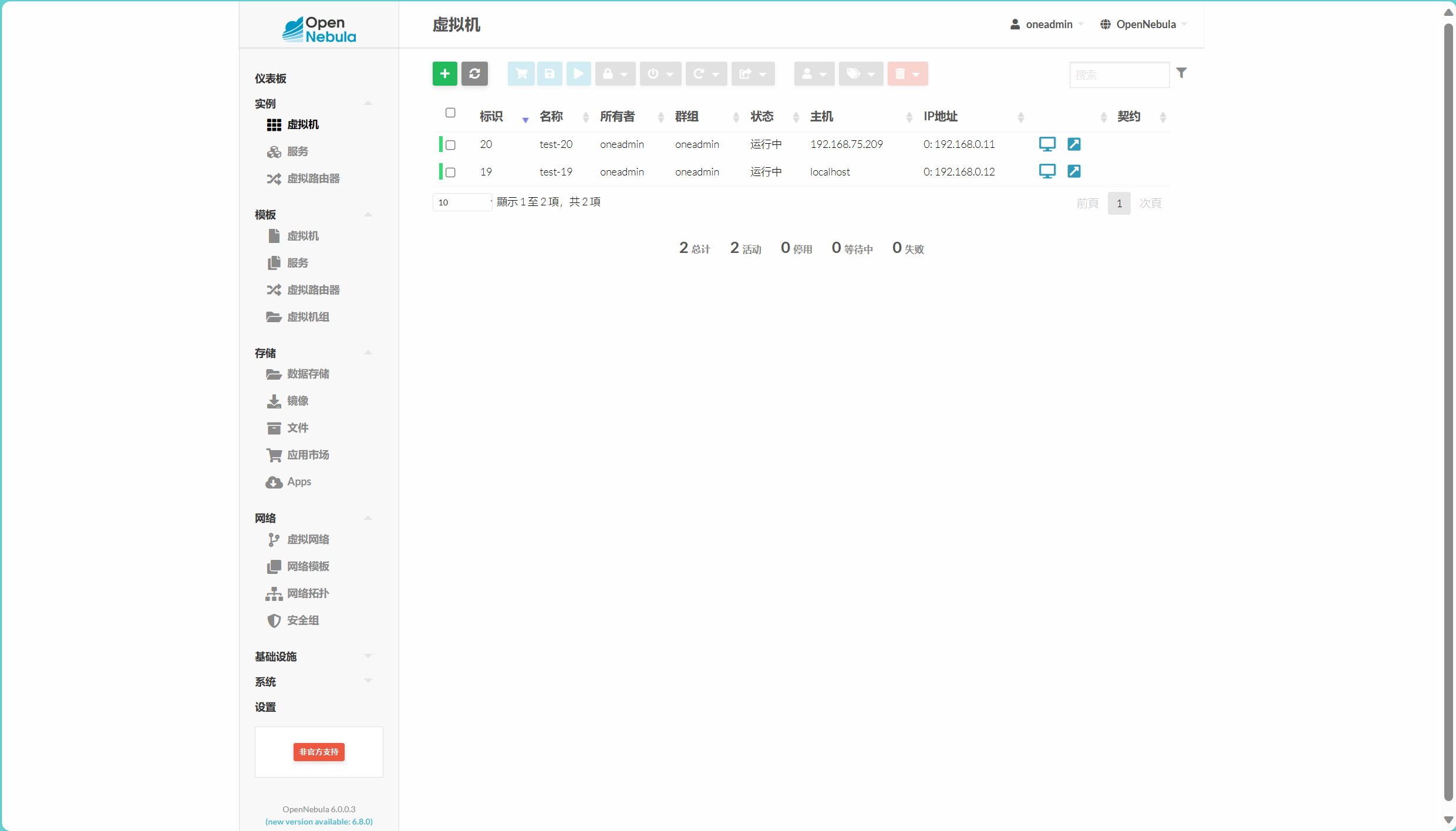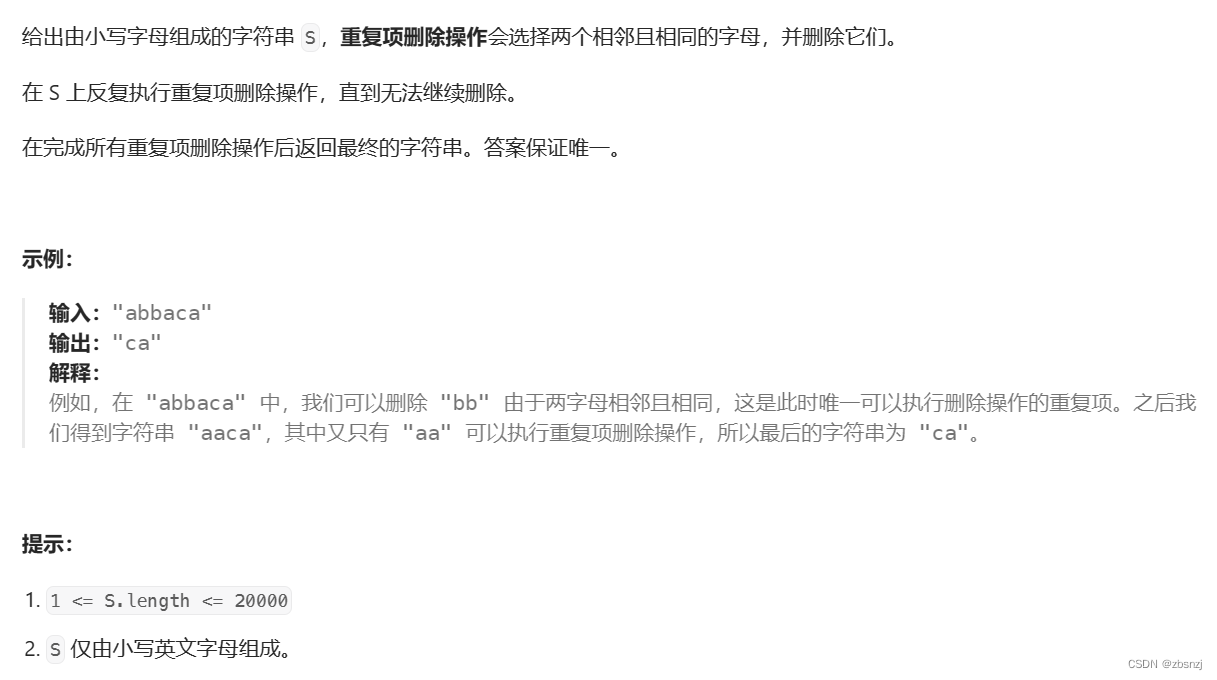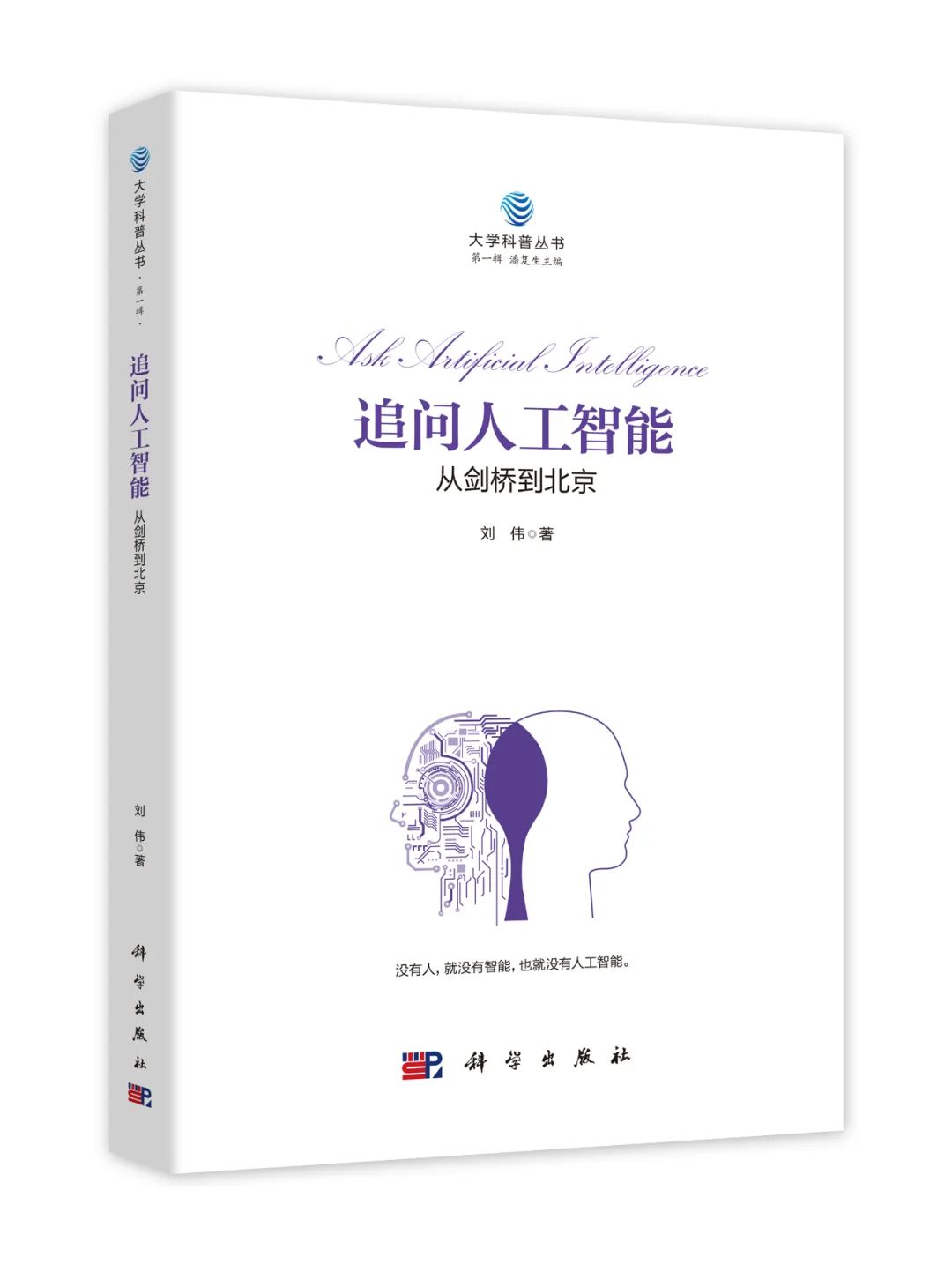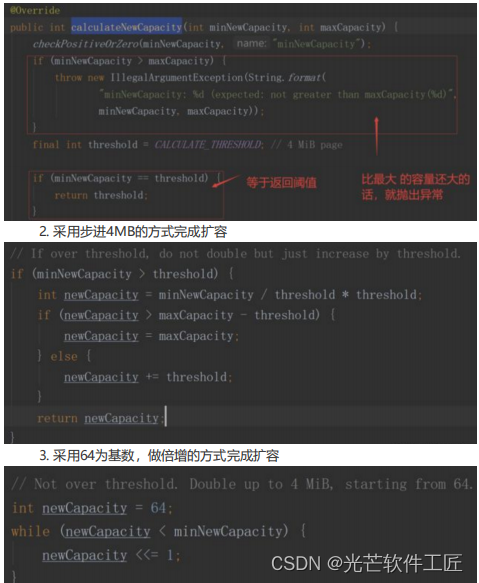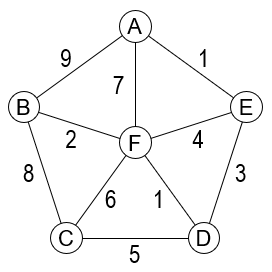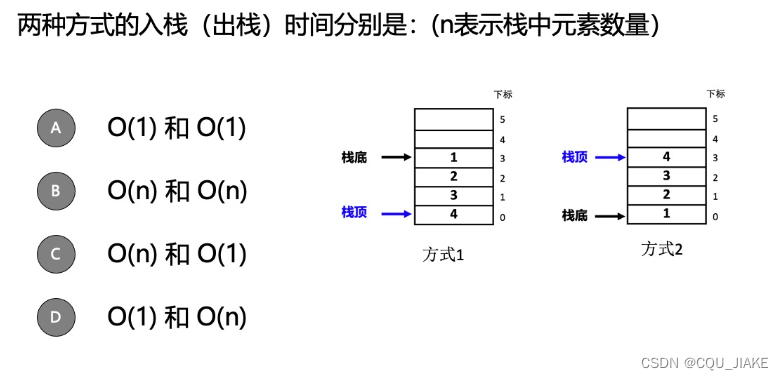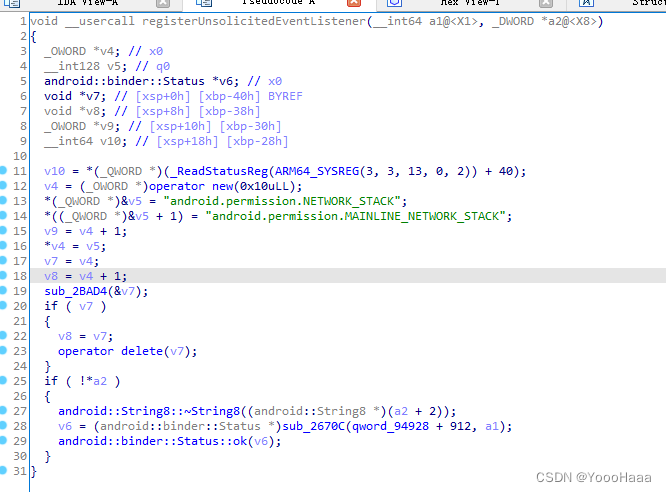在一般的 Spring 应用中,如果底层数据库访问采用的是 MyBatis,那么在大多数情况下,只使用一个单独的数据源,Spring 的事务管理在大多数情况下都是有效的。然而,在一些复杂的业务场景下,如需要在某一时刻访问不同的数据库,由于 Spring 对于事务管理实现的方式,可能不能达到预期的效果。本文将简要介绍 Spring 中事务的实现方式,并对以 MyBatis 为底层数据库访问的系统为例,提供多数据源事务处理的解决方案
Spring 事务的实现原理
常见地,在 Spring 中添加事务的方式通常都是在对应的方法或类上加上 @Transactional 注解显式地将这部分处理加上事务,对于 @Transactional 注解,Spring 会在 org.springframework.transaction.annotation.AnnotationTransactionAttributeSource 定义方法拦截的匹配规则(即 AOP 部分中的 PointCut),而具体的处理逻辑(即 AOP 中的 Advice)则是在 org.springframework.transaction.interceptor.TransactionInterceptor 中定义
具体事务执行的调用链路如下

Spring 对于事务切面采取的具体行为实现如下:
public class TransactionInterceptor
extends TransactionAspectSupport
implements MethodInterceptor, Serializable {
// 这里的方法定义为 MethodInterceptor,即 AOP 实际调用点
@Override
@Nullable
public Object invoke(MethodInvocation invocation) throws Throwable {
// Work out the target class: may be {@code null}.
// The TransactionAttributeSource should be passed the target class
// as well as the method, which may be from an interface.
Class<?> targetClass = (invocation.getThis() != null ? AopUtils.getTargetClass(invocation.getThis()) : null);
// Adapt to TransactionAspectSupport's invokeWithinTransaction...
// invokeWithinTransaction 为父类 TransactionAspectSupport 定义的方法
return invokeWithinTransaction(invocation.getMethod(), targetClass, new CoroutinesInvocationCallback() {
@Override
@Nullable
public Object proceedWithInvocation() throws Throwable {
return invocation.proceed();
}
@Override
public Object getTarget() {
return invocation.getThis();
}
@Override
public Object[] getArguments() {
return invocation.getArguments();
}
});
}
}
继续进入 TransactionAspectSupport 的 invokeWithinTransaction 方法:
public abstract class TransactionAspectSupport
implements BeanFactoryAware, InitializingBean {
protected Object invokeWithinTransaction(Method method, @Nullable Class<?> targetClass,
final InvocationCallback invocation) throws Throwable {
// 省略响应式事务和编程式事务的处理逻辑
// 当前事务管理的实际
PlatformTransactionManager ptm = asPlatformTransactionManager(tm);
final String joinpointIdentification = methodIdentification(method, targetClass, txAttr);
if (txAttr == null || !(ptm instanceof CallbackPreferringPlatformTransactionManager)) {
// Standard transaction demarcation with getTransaction and commit/rollback calls.
/*
检查在当前的执行上下文中,是否需要创建新的事务,这是因为当前执行的业务处理可能在上一个已经开始
的事务处理中
*/
TransactionInfo txInfo = createTransactionIfNecessary(ptm, txAttr, joinpointIdentification);
Object retVal;
try {
// This is an around advice: Invoke the next interceptor in the chain.
// This will normally result in a target object being invoked.
retVal = invocation.proceedWithInvocation(); // 实际业务代码的业务处理
}
catch (Throwable ex) {
// target invocation exception
completeTransactionAfterThrowing(txInfo, ex); // 出现异常的回滚处理
throw ex;
}
finally {
cleanupTransactionInfo(txInfo);
}
if (retVal != null && vavrPresent && VavrDelegate.isVavrTry(retVal)) {
// Set rollback-only in case of Vavr failure matching our rollback rules...
TransactionStatus status = txInfo.getTransactionStatus();
if (status != null && txAttr != null) {
retVal = VavrDelegate.evaluateTryFailure(retVal, txAttr, status);
}
}
// 如果没有出现异常,则提交本次事务
commitTransactionAfterReturning(txInfo);
return retVal;
}
}
}
在获取事务信息对象时,首先需要获取到对应的事务状态对象 TransactionStatus,这个状态对象决定了 Spring 后续要对当前事务采取的何种行为,具体代码在 org.springframework.transaction.support.AbstractPlatformTransactionManager#getTransaction
// 这里的 definition 是通过解析 @Transactional 注解中的属性得到的配置对象
public final TransactionStatus getTransaction(@Nullable TransactionDefinition definition)
throws TransactionException {
// Use defaults if no transaction definition given.
TransactionDefinition def = (definition != null ? definition : TransactionDefinition.withDefaults());
/*
这里获取事务相关的对象(如持有的数据库连接等),具体由子类来定义相关的实现
*/
Object transaction = doGetTransaction();
boolean debugEnabled = logger.isDebugEnabled();
// 如果当前已经在一个事务中,那么需要按照定义的属性采取对应的行为
if (isExistingTransaction(transaction)) {
// Existing transaction found -> check propagation behavior to find out how to behave.
return handleExistingTransaction(def, transaction, debugEnabled);
}
// Check definition settings for new transaction.
if (def.getTimeout() < TransactionDefinition.TIMEOUT_DEFAULT) {
throw new InvalidTimeoutException("Invalid transaction timeout", def.getTimeout());
}
// No existing transaction found -> check propagation behavior to find out how to proceed.
if (def.getPropagationBehavior() == TransactionDefinition.PROPAGATION_MANDATORY) {
throw new IllegalTransactionStateException(
"No existing transaction found for transaction marked with propagation 'mandatory'");
}
// 需要重新开启一个新的事务的情况,具体在 org.springframework.transaction.TransactionDefinition 有相关的定义
else if (def.getPropagationBehavior() == TransactionDefinition.PROPAGATION_REQUIRED ||
def.getPropagationBehavior() == TransactionDefinition.PROPAGATION_REQUIRES_NEW ||
def.getPropagationBehavior() == TransactionDefinition.PROPAGATION_NESTED) {
SuspendedResourcesHolder suspendedResources = suspend(null);
if (debugEnabled) {
logger.debug("Creating new transaction with name [" + def.getName() + "]: " + def);
}
try {
// 开启一个新的事务
return startTransaction(def, transaction, debugEnabled, suspendedResources);
}
catch (RuntimeException | Error ex) {
resume(null, suspendedResources);
throw ex;
}
}
else {
// Create "empty" transaction: no actual transaction, but potentially synchronization.
if (def.getIsolationLevel() != TransactionDefinition.ISOLATION_DEFAULT && logger.isWarnEnabled()) {
logger.warn("Custom isolation level specified but no actual transaction initiated; " +
"isolation level will effectively be ignored: " + def);
}
boolean newSynchronization = (getTransactionSynchronization() == SYNCHRONIZATION_ALWAYS);
return prepareTransactionStatus(def, null, true, newSynchronization, debugEnabled, null);
}
}
在 AbstractPlatformTransactionManager 中已经定义了事务处理的大体框架,而实际的事务实现则交由具体的子类实现,在一般情况下,由 org.springframework.jdbc.datasource.DataSourceTransactionManager 采取具体的实现
主要关注的点在于对于事务信息对象的创建,事务的开启、提交回滚操作,具体对应的代码如下:
事务信息对象的创建代码:
protected Object doGetTransaction() {
/*
简单地理解,DataSourceTransactionObject 就是一个持有数据库连接的资源对象
*/
DataSourceTransactionObject txObject = new DataSourceTransactionObject();
txObject.setSavepointAllowed(isNestedTransactionAllowed());
/*
TransactionSynchronizationManager 是用于管理在事务执行过程相关的信息对象的一个工具类,基本上
这个类持有的事务信息贯穿了整个 Spring 事务管理
*/
ConnectionHolder conHolder =
(ConnectionHolder) TransactionSynchronizationManager.getResource(obtainDataSource());
txObject.setConnectionHolder(conHolder, false);
return txObject;
}
开启事务对应的源代码:
protected void doBegin(Object transaction, TransactionDefinition definition) {
DataSourceTransactionObject txObject = (DataSourceTransactionObject) transaction;
Connection con = null;
try {
/*
如果当前事务对象没有持有数据库连接,则需要从对应的 DataSource 中获取对应的连接
*/
if (!txObject.hasConnectionHolder() ||
txObject.getConnectionHolder().isSynchronizedWithTransaction()) {
Connection newCon = obtainDataSource().getConnection();
if (logger.isDebugEnabled()) {
logger.debug("Acquired Connection [" + newCon + "] for JDBC transaction");
}
txObject.setConnectionHolder(new ConnectionHolder(newCon), true);
}
txObject.getConnectionHolder().setSynchronizedWithTransaction(true);
con = txObject.getConnectionHolder().getConnection();
Integer previousIsolationLevel = DataSourceUtils.prepareConnectionForTransaction(con, definition);
txObject.setPreviousIsolationLevel(previousIsolationLevel);
txObject.setReadOnly(definition.isReadOnly());
// Switch to manual commit if necessary. This is very expensive in some JDBC drivers,
// so we don't want to do it unnecessarily (for example if we've explicitly
// configured the connection pool to set it already).
/*
由于当前的事务已经交由 Spring 进行管理,那么在这种情况下,原有数据库连接的自动提交
必须是关闭的,因为如果开启了自动提交,那么实际上就相当于每一次的 SQL 都会执行一次事务的提交,
这种情况下事务的管理没有意义
*/
if (con.getAutoCommit()) {
txObject.setMustRestoreAutoCommit(true);
if (logger.isDebugEnabled()) {
logger.debug("Switching JDBC Connection [" + con + "] to manual commit");
}
con.setAutoCommit(false);
}
prepareTransactionalConnection(con, definition);
txObject.getConnectionHolder().setTransactionActive(true);
int timeout = determineTimeout(definition);
if (timeout != TransactionDefinition.TIMEOUT_DEFAULT) {
txObject.getConnectionHolder().setTimeoutInSeconds(timeout);
}
// Bind the connection holder to the thread.
/*
如果是新创建的事务,那么需要绑定这个数据库连接对象到这个事务中,使得后续再进来的业务处理
能够顺利地进入原有的事务中
*/
if (txObject.isNewConnectionHolder()) {
TransactionSynchronizationManager.bindResource(obtainDataSource(), txObject.getConnectionHolder());
}
}
catch (Throwable ex) {
if (txObject.isNewConnectionHolder()) {
DataSourceUtils.releaseConnection(con, obtainDataSource());
txObject.setConnectionHolder(null, false);
}
throw new CannotCreateTransactionException("Could not open

